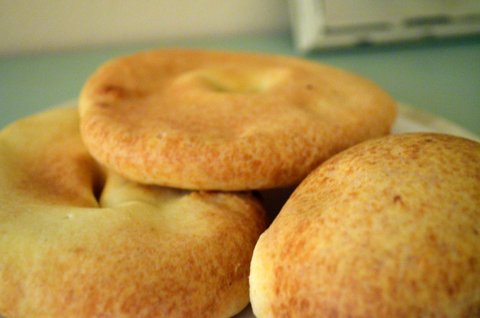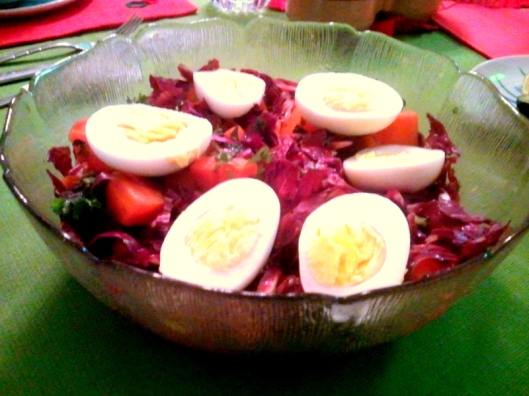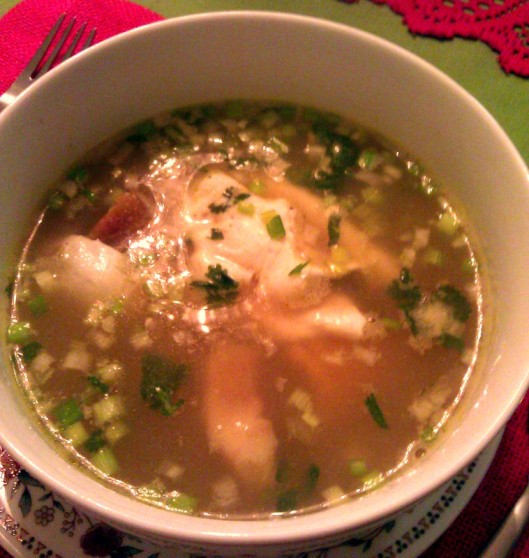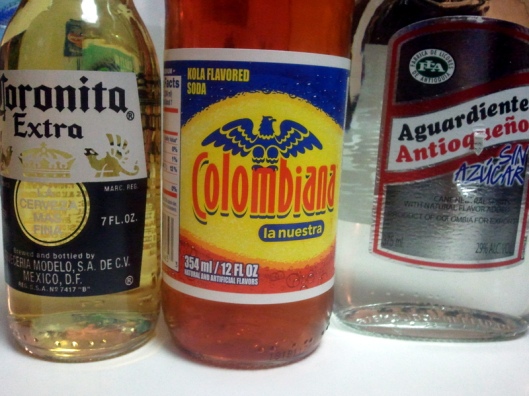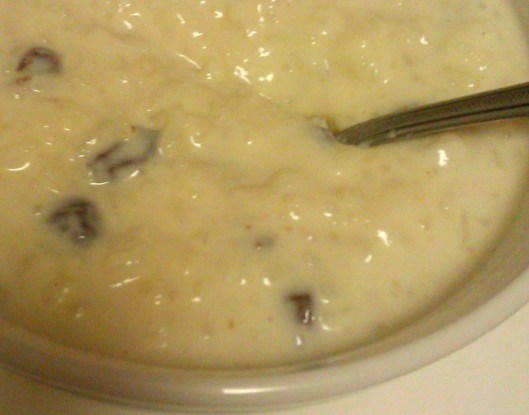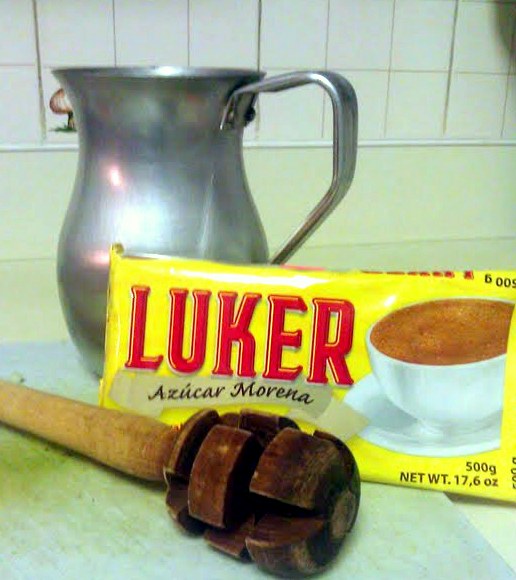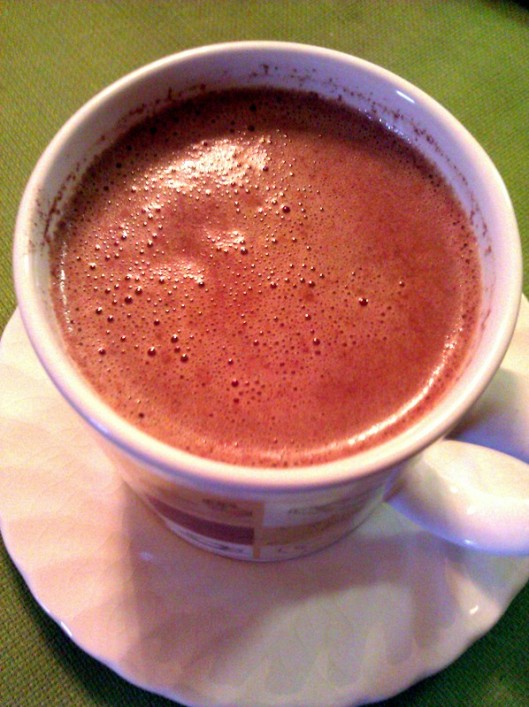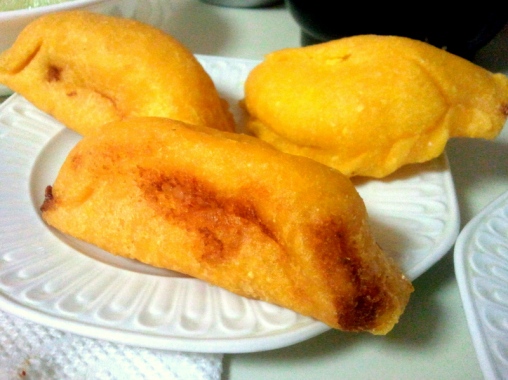 We usually spend the Christmas holiday with my mother-in-law. My husband and his family are from Bogotá, the Colombian capital and for years I have been regaling my friends with stories of the interesting traditions they incorporate into the entire holiday season. Today I’ll focus on the Christmas ones and save the New Years traditions for next week.
We usually spend the Christmas holiday with my mother-in-law. My husband and his family are from Bogotá, the Colombian capital and for years I have been regaling my friends with stories of the interesting traditions they incorporate into the entire holiday season. Today I’ll focus on the Christmas ones and save the New Years traditions for next week.
Christmas in Colombia still retains a lot of its religious orientation mixed with lots of fiesta. As soon as December starts my mother-in-law will take out her decorations, the white Christmas tree, red and white candles, and pine garlands. They extend throughout the apartment.
La Noche de Los Farolitos
Christmas in Colombia starts on December 7th with the celebration of La Noche de Las Farolitos. All over Colombia people take to the streets, place candles on the ground and come together in the spirit of family and community. This is also officially when all the Christmas lights are turned on and remain that way until the New Year. This is accompanied by lots of music, dancing, wine, baked breads (pan de bono, arepa, buñuelos, almojabanas–my favorite) and the famous aguardiente, a clear anise drink that has knocked me off my feet on more than one occasion.
Las Novenas
In a period of nine days before Christmas, families come together, eat, drink and pray. Again, it is the real sense of togetherness and community that makes this tradition special, and it’s especially strong in Colombia. Each night of the novena Colombians sing “villancicos,” Spanish Christmas carols and, of course, eat more food.
La Nochebuena
Now this is what it’s all about! This is the big meal we have every year at the table. And this year’s Nochebuena dinner was by far the best.
When we came in we were greeted by the aroma of baking breads. These are a classic in Colombia and I cannot get enough of them.
Almojabanas, Pan de Bono, Empanadas
While we were catching up and eating these, I opened the wine and salivated as plate after beautiful plate of delicious Colombian food rolled out. It began with a colorful beet salad with carrots, vinegar, cilantro and eggs.
Ensalada Casera
There were Chilis Rellenos, which are roasted poblano peppers stuffed with Colombian seasoned ground beef served with sour cream and salsa de aji (easy to make and so worth the trouble):
- 1 tablespoon fresh lemon juice
- 1 tablespoon white vinegar
- 1 tablespoon water
- 1/4 cup green onion, finely minced (white and light green part only)
- 1/8 cup fresh cilantro, minced
- 1 jalapeno pepper, seeded and finely minced (more or less to taste)
- 1 teaspoon tomato, finely minced
Sancocho de Pescado
The meal could not quite go on without a refreshing beverage. We put together a Colombian classic, Refajo. For those of you who do not understand Spanish, “refajo” is translated in English as “slip,” as in “underskirt,” not as in “fall.” I’ll leave that open to interpretation in the “comments” section. Feel free to posit your theory. This cool, crisp, drink is made with a mixture of beer; Colombiana, which is a nuclear, bright orange-colored Colombian soda that tastes like cream soda; and if you’re daring, a little aguardiente. The recipe for Refajo Colombiano is so simple anyone can make it:
- 1 liter Colombiana soda
- 2 liters of any beer of your choice
- 4 cups of ice
- Optional: 3 (or more if you’re me) aguardiente shots
Refajo
As if all of this weren’t enough, there were postres, desserts. People who live on the Atlantic coast prefer “arroz con coco” or coconut rice pudding, and people who live in the colder states close to the capital, Bogotá, prefer “postre de natas,” which is made with milk and condensed milk cooked with sugar, cinnamon and raisins. This is the rice pudding my mother-in-law made for us and it was incredible.
Later in the evening we saw her toiling over the stove using her traditional hot chocolate tools and we knew what was coming, a rich, thick, wonderful hot chocolate.
Olleta y Molinillo
Chocolate Caliente
I feel extremely privileged to have been able to partake in a meal like this and share in these traditions. We were up well into the morning sharing all of this food and drink, listening to Juan Luis Guerra, Carlos Vives and exchanging chismes, gossip. I am so grateful for all of the effort my mother-in-law put in so that we could share in her culture and traditions. All of the shopping she did in trying to find the ingredients, all of the peeling, cooking and toiling, plus all of the spirit(s) she infused into the meal made our little holiday for three feel like we were in the company of a whole village. To me, this is what eating and cooking is all about.
